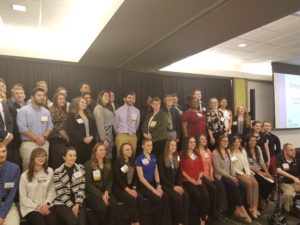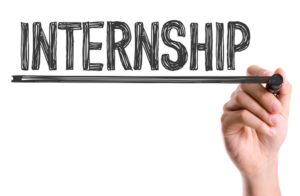Work-life balance is realized by some after years of effort, while the concept remains elusive to others. But what about recent college graduates?
Here is some guidance from Purdue University’s Ellen Ernst Kossek, the Basil S. Turner Professor of Management in the Krannert School of Management and research director at the Butler Center of Leadership Excellence.
Schedule fun (and healthy) ways to unwind: “Take time to reflect on ways you can unwind and identify your passions to continue as you enter the world of full-time work. Is it tennis, a book club, running, Comic-Con, gaming, lunch with friends, working out at the gym, walking in nature with a pet? Whatever makes you feel good and your heart sing, try to organize your calendar to block out time daily or weekly as you plan your work week. It is easy for work to creep in and take over your leisure time.”

Avoid long commutes: “Assess your commuting time as you search for apartments and pick one with a commute of 30 minutes or less that is close to safe public transportation. Living in the hot spot of night life may be fun, but if the commutes are long, you should consider living closer to work. You can always take a Lyft on the weekends and make your weekdays less hectic.”
Get plenty of sleep: “Regular sleep is very important to plan in your daily routine, and most of us need seven to eight hours at a minimum. During the work week, you should go to bed at a decent hour on a regular schedule. Being a night-owl and writing term papers may work in college, but it’s not a good idea for your health or well-being at work.”
Abstain from social media at work: “Learn your boundary management style and avoid checking personal communication at work. This helps you focus and get done early. I have found that many young people integrate their work and personal lives. While it’s fun to check Instagram during the day, you can lose concentration and mental flow. This can result in your having to stay later at work due to increased process losses from increased switching costs and greater transitions between your job and your personal life.”
Unplug at home: “Manage your smartphone wisely to unplug from work at night and on the weekends. It is easy to become addicted to work and engage in overwork as you are trying to build your career. Don’t get in the habit of checking work emails or texts on the weekends unless something is critically important. Let your boss and colleagues know how to reach you for important matters, but also let them know when you are offline, too, so you don’t become burnt out.”







 The bad news is that college enrollments for 2017-2018 declined for the sixth consecutive year. The good news is that the decrease came at its slowest pace in that time period.
The bad news is that college enrollments for 2017-2018 declined for the sixth consecutive year. The good news is that the decrease came at its slowest pace in that time period.
 Those who graduated from college in 2008 often say it wasn’t the best time to be entering the working world. As graduates were searching for those first jobs, the economy was shedding them and the world was plunging into recession. If those prospects weren’t dire enough, many of those graduates were also carrying debt from student loans.
Those who graduated from college in 2008 often say it wasn’t the best time to be entering the working world. As graduates were searching for those first jobs, the economy was shedding them and the world was plunging into recession. If those prospects weren’t dire enough, many of those graduates were also carrying debt from student loans. The ripple effects of large-scale job losses linger for years and can keep adolescents from attending college later in life, according to new research carrying significant ramifications for policy makers, college recruiters and counselors.
The ripple effects of large-scale job losses linger for years and can keep adolescents from attending college later in life, according to new research carrying significant ramifications for policy makers, college recruiters and counselors.